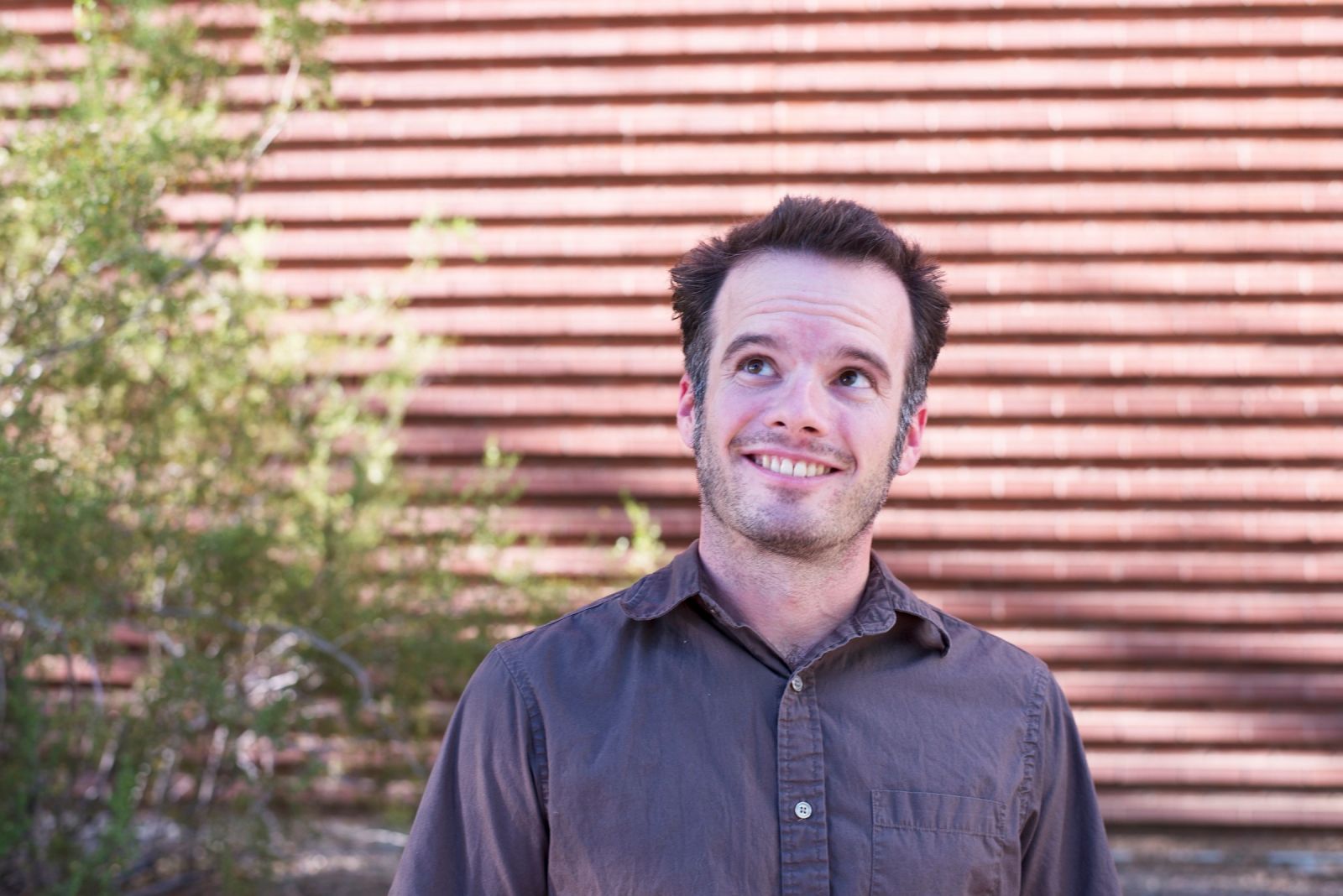
Direct observation of hydrogen produced during the big bang is possible via the
redshifted 21cm line. Visible throughout the cosmic time-line the 21 cm line traces matter and energy evolution and is now being pursued as a cosmological and astrophysical probe. Experimental low frequency radio arrays are currently working towards detection and characterization of this spectral line signal during the Epoch of Reionization, when the first objects heated and then ionized hydrogen half a billion years after the big bang. Power spectra from this time period are providing first constraints on the physics of the first stars and galaxies as well as a direct measure tau, the optical depth to the Cosmic Microwave Background, one of the largest remaining uncertainties in the standard cosmological model. Here I present the latest results from several experimental arrays and introduce the next generation Hydrogen Epoch of Reionization Array (HERA) which will yield 20 times
the sensitivity of first generation arrays. I will discuss the latest advancements in instrument simulation, design and calibration as well as analysis techniques in an era of big data.